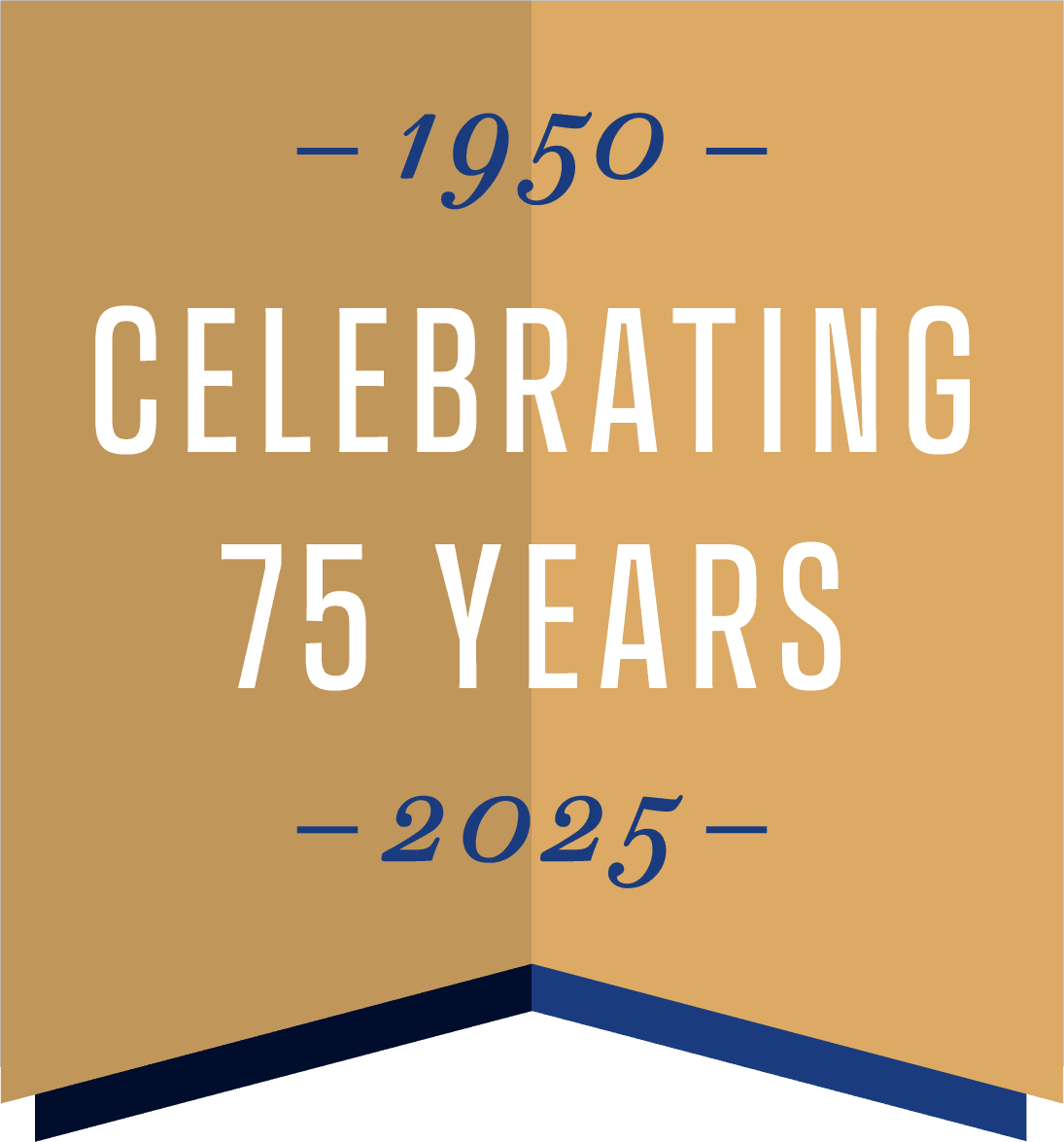Protective orders governing discovery in criminal cases serve valuable purposes. By limiting access to and use of protected materials, protective orders provide assurance to prosecutors and courts that witnesses will not be intimidated or harmed, trade secrets and other confidential materials will not be disclosed, and personal identifying information (PII) will not be misused. In turn, imposition of a protective order expedites production of discovery materials to defendants and their counsel. When a protective order is in place, a prosecutor need not painstakingly review and redact each item of discovery before turning it over to the defendant – which, in document-intensive cases, can shave weeks or months off the timetable for discovery production.
But as protective orders have become a more widespread phenomenon in federal criminal cases, questions have arisen about the appropriate contours of the orders and the limits they place on a defendant’s constitutional rights. In the absence of clear guidance from the courts, the nature and prevalence of protective orders vary widely from district to district, prosecutor to prosecutor, and case to case. Some districts have responded by devising model protective orders, but these models vary, too, as does the degree to which the parties in a given district utilize them.
The absence of a uniform national standard sparked a robust conversation within the Federal Criminal Procedure Committee. As a result, the Committee undertook to survey local practices across jurisdictions and examined exemplars of protective orders from various geographies in different types of cases implicating a range of interests and concerns. This paper summarizes the Committee’s research into the goals and purposes of protective orders in criminal cases, and examines the issues arising from their overuse and overbreadth. The Committee recommends a model protective order that balances the government’s interests in protection with the defendant’s need for access to discovery to prepare an effective defense.
Publish Date / Last Revised
March 14, 2025
Topic
- Trial Advocacy
Resource Type
- Practice Aid
- White Paper
Audience Type
- Fellows
- Judges
- Law Students
- Lawyers
Related Resources
White Paper
Threats to Impeach Judges for Judicial Decisions Undermine the Rule of Law
Throughout its history, the American College of Trial Lawyers (“ACTL”) has stressed…
Practice Aid
Model Protective Order
Developed by the Federal Criminal Procedure Committee, this Model Protective Order is…
Trial Advocacy Training, White Paper
Mentoring the Next Generation of Trial Lawyers – Developing Excellent Lawyers in an Era of Diminishing Trials
ACTL believes every young or new trial lawyer will materially benefit from…
